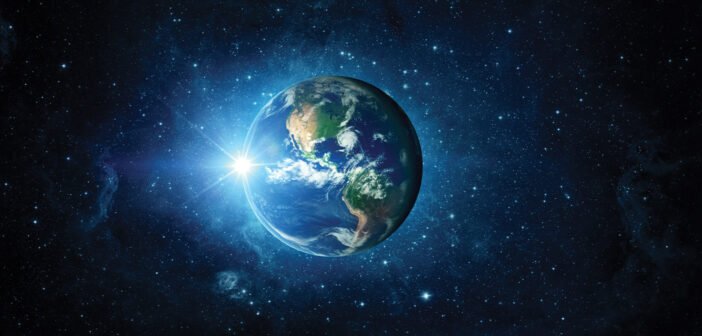Most people have seen “Independence Day,” a 1996 film about an alien invasion. If you haven’t, here’s a spoiler alert:
In one scene, the President of the United States tries to communicate with an alien being that crash-landed in the desert and was captured by the Army. He asks the being, “Can there be peace between us?” The alien responds, “No peace,” at which time the President suddenly grabs the sides of his own head, his eyes rolling back before he collapses. When he recovers, he reports to the others that the alien had revealed to him the intentions of his species. “They’re moving from planet to planet,” he says, “consuming every natural resource before they move on – and we’re next.”
Sounds far-fetched, right? Not really. Isn’t that what we’re doing to our planet? Except that unlike the movie, we have nowhere else to go.
Over the past 100 years, our desire for modern conveniences and resulting carelessness about getting them could have catastrophic results for our species. It has already begun.
I’ll be the first to admit that I have been doing the bare minimum when it comes to practices that will help, or at least not harm, the environment. I recycle glass, plastic and paper products weekly through my community’s waste and recycling programs. But is that enough? I don’t think so. When it comes to saving the planet, we all need to do more.
What I once thought was not going to happen in my lifetime is happening, and it is terrifying.
When I see on the news, for example, that Lake Mead is drying up, it gives me pause to worry about our country’s water supplies. When full, Lake Mead holds 9.3 million gallons of water. It pumps water from the Colorado River to supply Arizona, Nevada, California and parts of Mexico. Because of climate change, this water source could completely dry up in 13 years. Scientists say Lake Mead is half empty now and probably will never fill up again.
Consider this: each year, the clothing industry uses over 20 trillion gallons of water to produce garments. It takes just over 2,000 gallons of water to manufacture ONE pair of blue jeans. In 2019, nearly 400 million pairs of jeans were sold in the U.S. Do the math. The money spent on water to make jeans could refill Lake Mead multiple times! I’m not suggesting we all run around half-naked, but do I need ten pairs of jeans? No, I don’t – not many people do. This is just one of hundreds of examples of how our natural resources are being depleted.
I’m not going to list all the things individuals can do to aid in the survival of our planet. There are countless legitimate websites that provide that kind of detailed information. Rather, I’m going to continue doing my part to help and I hope you do, as well. Waiting until tomorrow is no longer an option because as I said: we have nowhere else to go.




